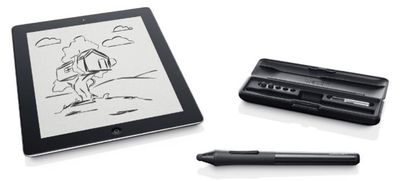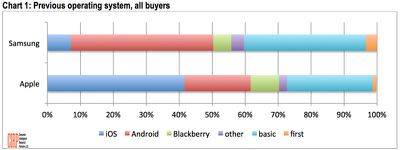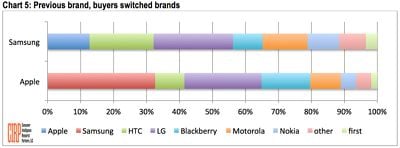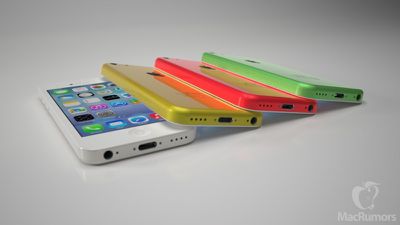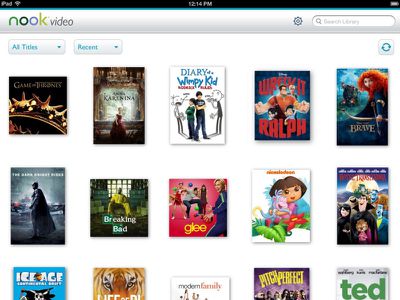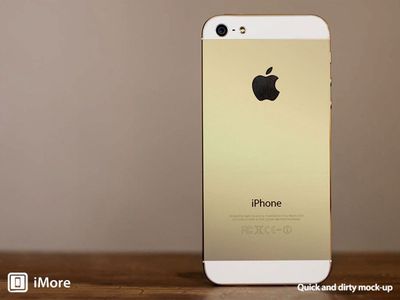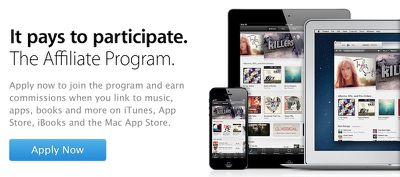TiVo has announced a new line of DVR models that will eventually include support for streaming of live and recorded shows to the iPhone and iPad. The new TiVo, called the Roamio, includes built-in wireless and a new TiVo Stream feature that will allow users to connect their iPhones and iPads to the Roamio remotely and stream live channels and recorded shows.
The press release from TiVo features a host of disclaimers, however -- the TiVo Stream feature is not available at launch but should be available in the next few months, streaming is "restricted to a limited number of devices owned" by the subscriber, and not all content can be streamed out of the home. Some unspecified content is restricted to mobile devices on the local network rather.
The new box also includes a new HTML5-based platform that TiVo says will allow for faster app rollouts and upgrades -- TiVo already supports apps from YouTube, Netflix, Amazon, and Hulu, among others.
"While so many people love TV, they have no idea what TiVo can do for their love of TV. TiVo Roamio is so much more than just the best DVR, it's for people who are all about loving their TV -- that's why we call our latest offering Roamio," said Tom Rogers, TiVo's President and CEO. "Now, wherever you roam your TiVo Roamio is there. In the next room, in the kitchen, in a hotel room across the world -- connecting you right to your living room TV recordings, so you can get them immediately wherever you are. Moreover, you can get all your regular cable channels, the best DVR features available, all combined with favorite streaming services like Netflix, Hulu and YouTube in one box, using one remote. With up to six tuners, tons more space to record your shows so on those Sunday nights when all the great TV is on you can capture it to watch throughout the week. Take every box or device out there -- Roku, Apple TV, Slingbox, Google TV, your standard cable box -- all rolled into one. This is quite simply the best TiVo we have ever made and is truly for people who love TV."
The TiVo Roamio is available in $200, $400 and $600 models with four to six tuners and up to 3TB of storage. TiVo boxes require a CableCard from a cable company or HD antenna and do not work with satellite services like DirecTV.




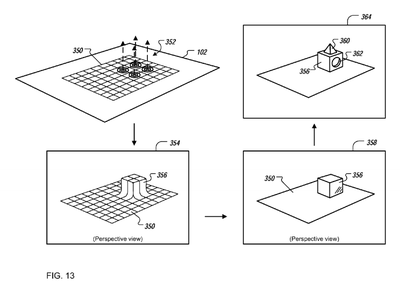
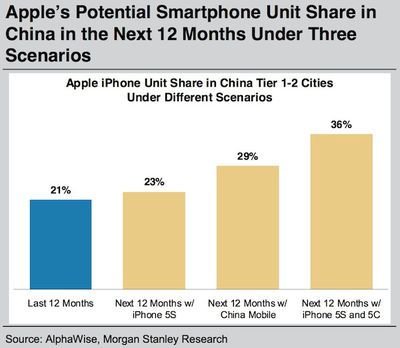
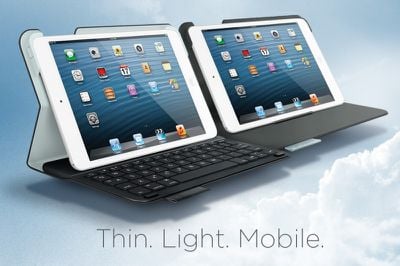
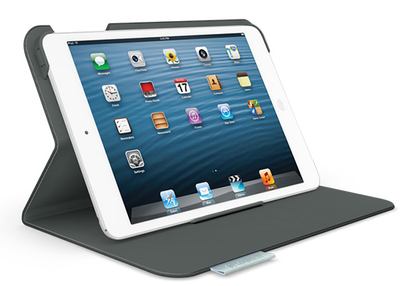
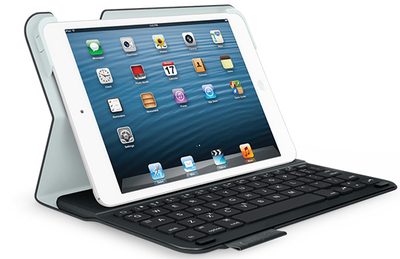
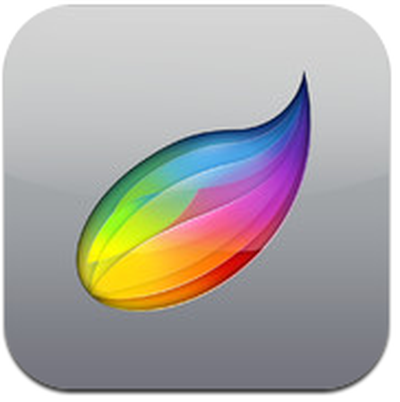 Illustration app
Illustration app 